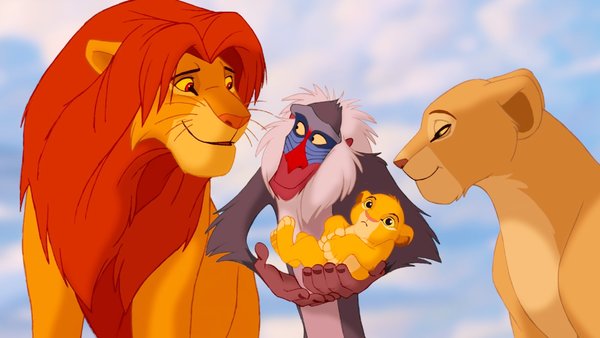10 Biggest Clichés Of The Disney Renaissance
10 secret ingredients for creating the perfect '90s Disney animated feature...

Walt Disney Pictures became the premier studio for animated feature films when it debuted with Snow White back in 1937. The studio then followed with classic after classic, with cartoon features based on popular children’s stories and fairy tales such as Pinocchio, Peter Pan, Cinderella, Sleeping Beauty and many more.
However, following the passing of old uncle Walt in 1966, something changed. The company took a bold new direction and experimented with live-action and Kurt Russell. With the odd exception here and there, the animated movies lost the sparkle that once made them shine.
But then, in 1989 with the release of The Little Mermaid, Disney would embark on a new era that would restore it to its former glory. History would call it the Disney Renaissance, and it will be remembered as the last great era of traditional hand-drawn entertainment.
The House of Mouse would go on to release a new animated classic almost every year for the next decade. With such a quick turnaround, it seemed they had discovered a formula to keep audiences entertained.
This was by no means a bad thing, as it provided many of us with some of our favourite childhood memories, but with older, more cynical eyes, you can't help but notice some of the cookie-cutter techniques used in the company's '90s animated productions.
So what was the secret to its success? Here are 10 plot points, story structures and marketing techniques that would be Disney's recipe for success for the next ten years.
10. The Hero’s Transformation

When artist Glen Keane designed Ariel, he set a precedent for all other Disney renaissance protagonists to follow. In short, make them really good looking. Even historically ugly bugly characters like Quasimodo got a shot of the adorbs factor injected into them.
But unlike old school characters such as Peter Pan and Pinocchio, who wore the same smelly garments throughout the duration of the feature, the heroes of the renaissance always have more than one costume change.
This helps to show the hero's progression, becoming something more than what they were at the start of the movie. It also means more toys.
You still want to retain some marketability, as these are characters that’ll not only serve as movie mascots but also as the faces of the spin-off video games, books, animated series and beyond. So two main outfits seemed to be the sweet spot. See Aladdin in a fez and Aladdin in a turban.
The transformation can take place through magic, like Ariel getting her two legs, a Rocky-style training montage like Hercules, growing up with a brief awkward mohawk phase like Simba, or just a simple swap of togs, like Belle and her ball gown.